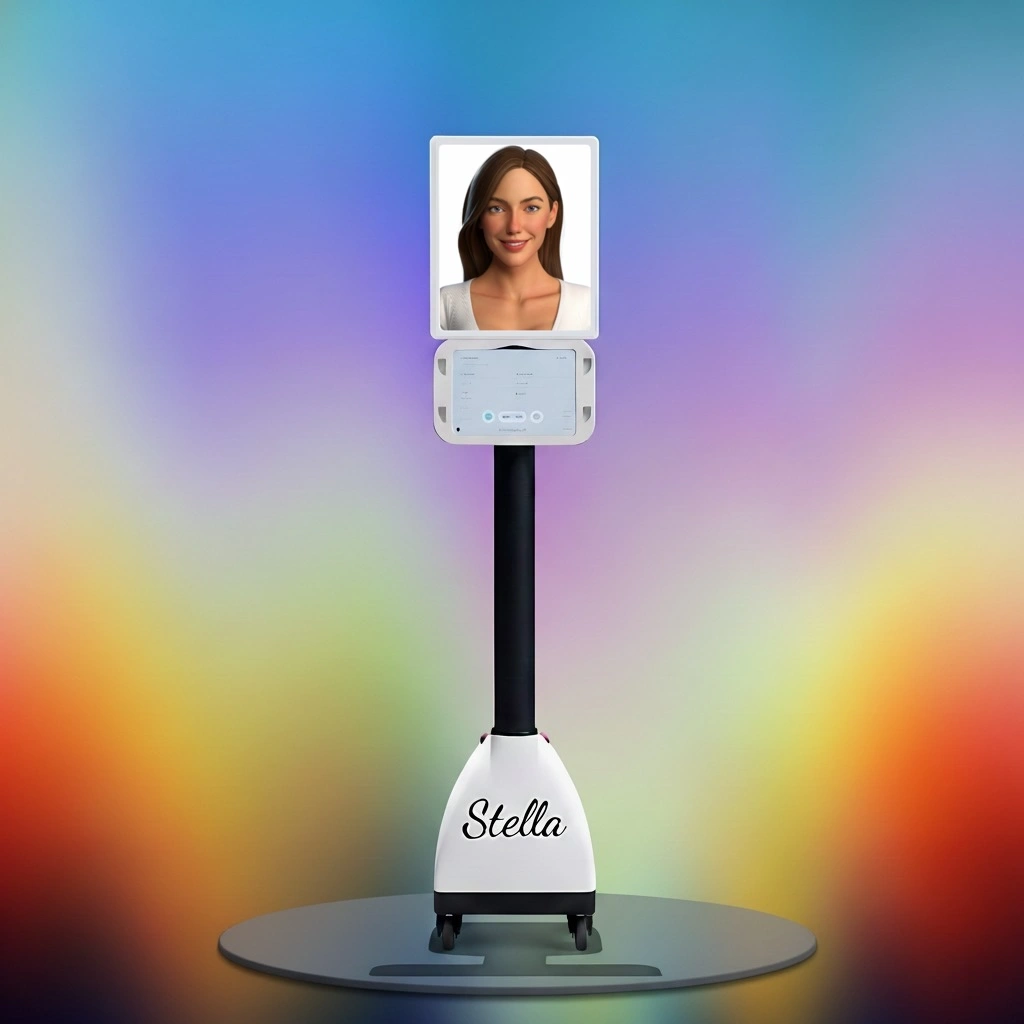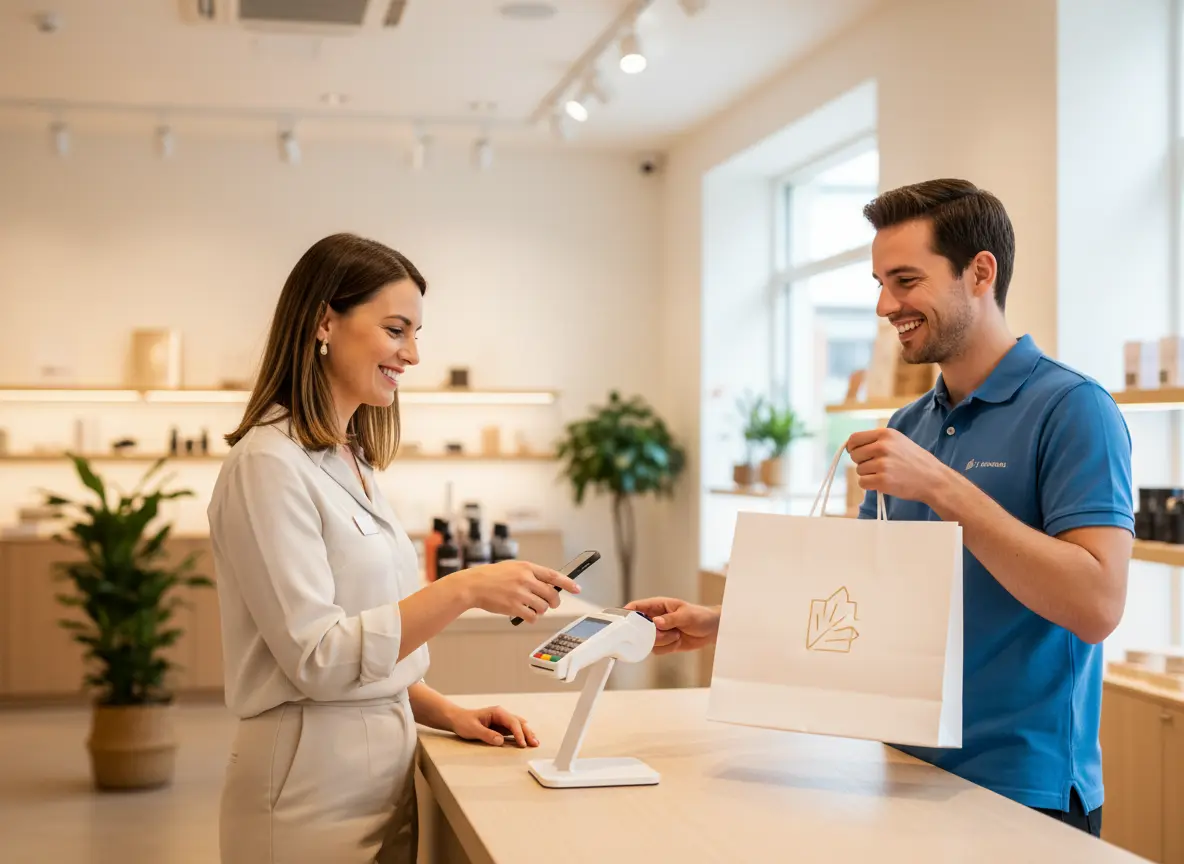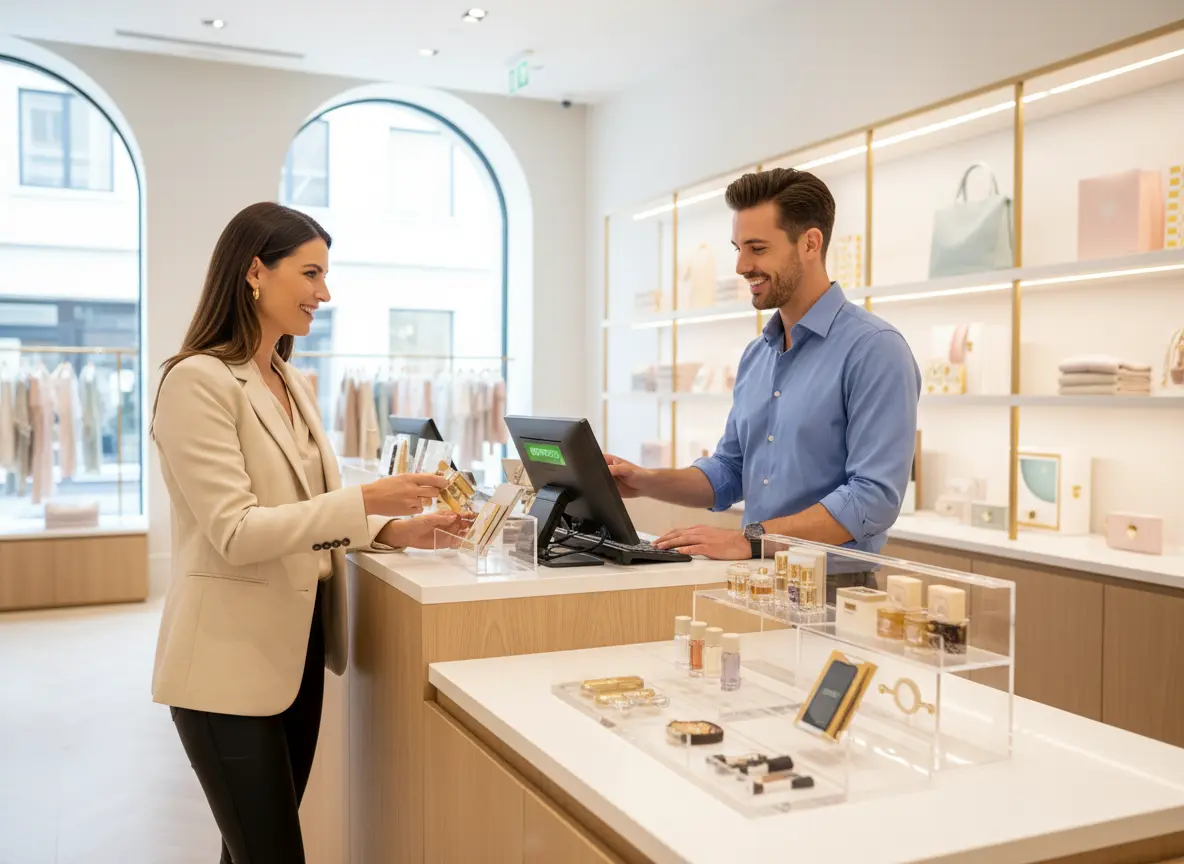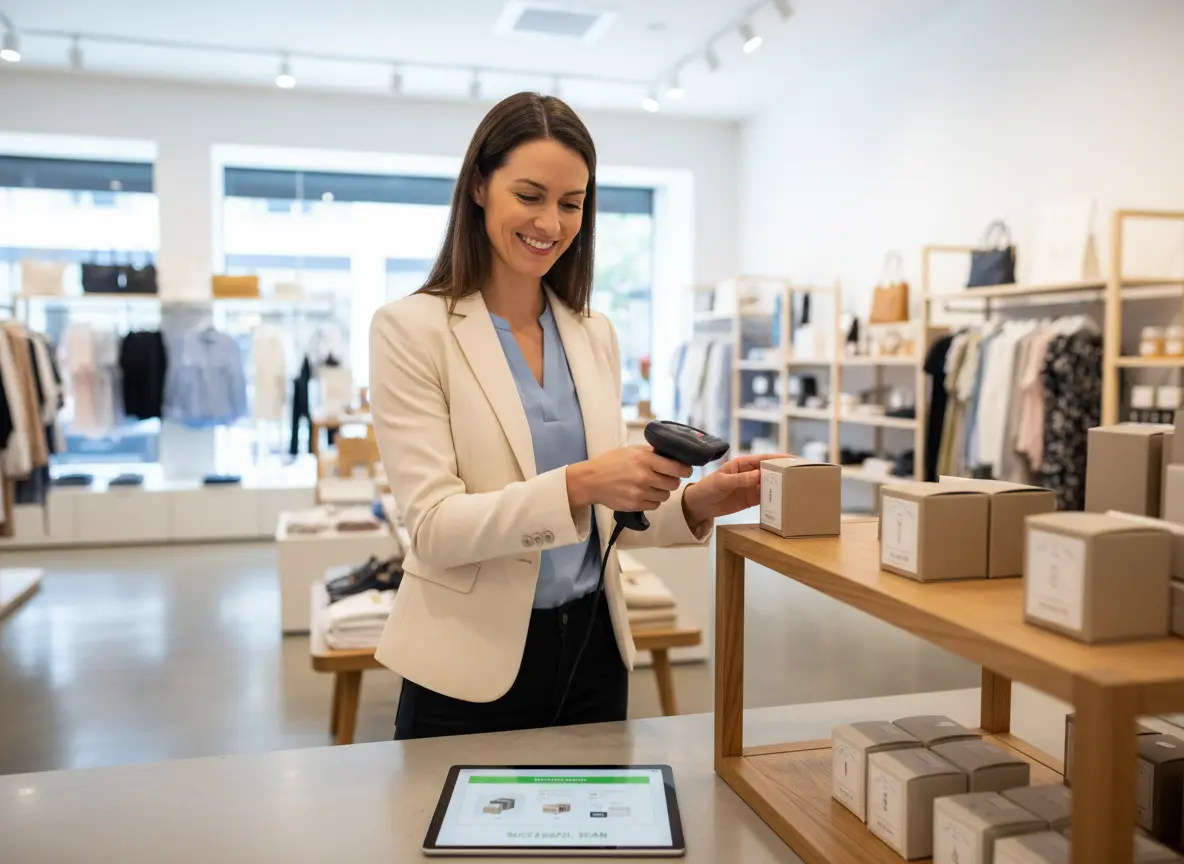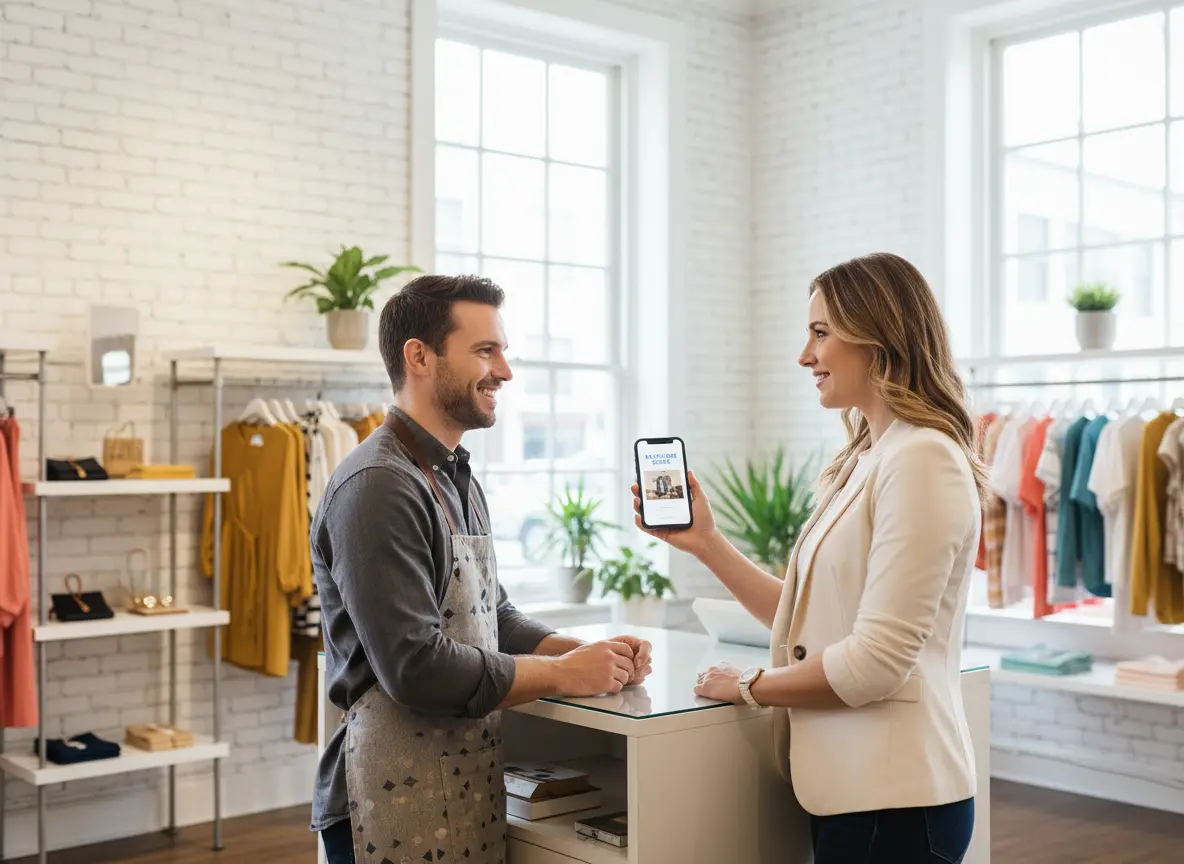So, You’re Tired of Your Stockroom Playing Tetris With Your Sanity
Let’s be honest. You love your store. You love your customers. But that back room? The one overflowing with boxes of last season’s "must-have" novelty socks that are now, decidedly, a "must-not-have"? That room gives you nightmares. Every box represents tied-up capital, a gamble on consumer taste, and a future date with the dreaded 70% off clearance sign.
What if you could offer an "endless aisle" of products without needing a warehouse the size of a small country? What if you could sell items you don’t physically possess, expanding your catalog and delighting customers without taking on massive inventory risk? Welcome, my friend, to the slightly chaotic, potentially brilliant world of the hybrid retail model—a beautiful marriage between your beloved brick-and-mortar and the wild west of drop-shipping. It’s not a magic wand, but it’s the next best thing to one that actually stocks your shelves for you.
The Glorious Upside: More Products, Fewer Problems
Before you dismiss this as some online-only gimmick, let's look at why adding a drop-shipping component to your physical store can be a game-changer. It’s about leveraging your greatest asset—your physical presence—and pairing it with the infinite flexibility of the digital world.
Expand Your Universe (Without Renting More Space)
Your store's square footage is finite. Customer desire, however, is not. You stock the most popular blue widget, but a customer walks in asking for it in magenta, chartreuse, and a very specific shade of beige. In a traditional model, you shrug and say, "Sorry, we only carry blue." In a hybrid model, you smile and say, "We don't have it on the shelf, but I can have it shipped directly to your home by Thursday." Suddenly, you’re a hero. Drop-shipping allows you to offer:
- An expanded range of colors, sizes, and styles.
- Bulky or expensive items you can’t afford to stock (like furniture or high-end electronics).
- Niche products that appeal to a smaller segment of your customer base.
Test New Products Without Betting the Farm
Remember those novelty socks? You probably ordered 200 pairs because a supplier offered a "great deal." Now they’re a permanent monument to a fleeting trend. Drop-shipping is the ultimate market research tool. Want to see if your clientele is interested in artisanal birdhouses? Add a few to your digital catalog and promote them in-store. If they sell, fantastic! You’ve discovered a new revenue stream. If they don’t, you’ve lost nothing but a few minutes of setup time. You can test dozens of product lines and only commit to stocking the proven winners. It’s like A/B testing for your entire business model.
Free Up Capital and Reduce Risk
According to one retail study, retailers are sitting on an estimated $1.43 in inventory for every $1 of sales they make. That's a staggering amount of cash tied up in boxes that could be used for marketing, staffing, or, you know, paying yourself. By shifting a portion of your offerings to a drop-ship model, you drastically reduce the amount of capital you need to invest upfront. This minimizes the financial devastation of a product that bombs and frees up resources to invest in improving the in-store experience—the very reason customers choose to visit you in the first place.
Communicating Your Invisible Inventory
This all sounds great in theory, but how do you sell a product that customers can’t see, touch, or hold? This is the central challenge. You can’t just hope people psychically know about your expanded online catalog. You need a bridge between your physical space and your digital offerings.
Making the Digital Tangible
The key is to make your "endless aisle" a visible, integrated part of the in-store experience. This could be a tablet at the checkout counter, QR codes on shelves next to physical products ("Scan to see 12 more colors!"), or a dedicated digital kiosk. More importantly, it requires a communication strategy. And let’s face it, your human staff is already juggling stocking, sales, and that one customer who insists on telling them their entire life story. They don't always have time to be a walking, talking advertisement for your drop-shipping program. This is where a little robotic help goes a long way. An assistant like Stella can be the perfect ambassador. Positioned at the entrance, she can greet every single customer with a message like, "Welcome! Be sure to ask me about our extended collection—we can ship thousands of items directly to your home." She never gets tired, never forgets the script, and can showcase product images and details on a built-in screen, turning a confusing concept into an exciting opportunity for the shopper.
The Not-So-Fine Print: Navigating the Pitfalls
Of course, it’s not all sunshine and automated shipping notifications. Integrating drop-shipping is a strategic move that comes with its own set of challenges. Ignore them at your peril, lest you end up with angry customers and a five-star rating on Yelp for "fastest delivery of the wrong item."
Choose Your Partners Wisely
Your drop-shipping supplier is now an extension of your brand. If they mess up, you look bad. The customer doesn't know or care about "Dave's Discount Warehouse" that fulfilled the order; they bought from you. Vetting suppliers is non-negotiable. Ask the hard questions:
- What are your average shipping times?
- What does your packaging look like? (You don't want your products arriving in a competitor's box. Seriously, it happens.)
- How do you handle returns and defective products?
- Can you provide inventory data that syncs with my system?
Master the Customer Experience
When a customer buys in your store, you control the entire experience. With drop-shipping, you relinquish a huge chunk of that control. The moment of truth—the unboxing—is out of your hands. This means you have to overcompensate in the areas you *do* control. Be radically transparent about shipping times. Send proactive email updates. Have a crystal-clear, no-hassle return policy. If something goes wrong—a package is late, an item is damaged—take ownership immediately and make it right. Your reputation depends on it.
Do the Math (Then Check It Again)
Drop-shipping margins are thinner than a supermodel's patience. There’s no getting around it. You aren’t buying in bulk, so you don’t get the best pricing. You have to factor in the supplier's fee, shipping costs, and potential return processing fees. Is it still profitable? Often, the answer is yes, because you have zero inventory holding costs. But you need to run the numbers for each product. The goal isn't to replace your entire high-margin inventory, but to supplement it with choice and variety that leads to more sales overall.
A Quick Reminder About Stella
While you're redesigning your business model and vetting logistics partners, don't forget about the front lines. A consistent, professional greeting sets the stage for every sale. Stella ensures no customer goes unnoticed and every promotion gets heard, freeing up your team to provide the hands-on service that makes your store special.
Conclusion: Is It Time to Go Hybrid?
Integrating drop-shipping isn't a decision to be taken lightly. It's a fundamental shift in how you think about inventory, sales, and the very purpose of your physical space. It's not a magic fix for a struggling business, but it is a powerful tool for a healthy business that wants to grow, adapt, and become more resilient.
The beauty of the hybrid model is that you don’t have to go all-in. You can dip your toes in the water. Here’s your action plan:
- Identify a Category: Pick one product category where customers frequently ask for more variety (e.g., "Do you have this in other sizes/colors?").
- Find One Great Supplier: Do your research and find a single, reputable drop-shipping partner for that category.
- Launch and Learn: Integrate their products into your system, create a simple in-store way to promote them, and see what happens.

